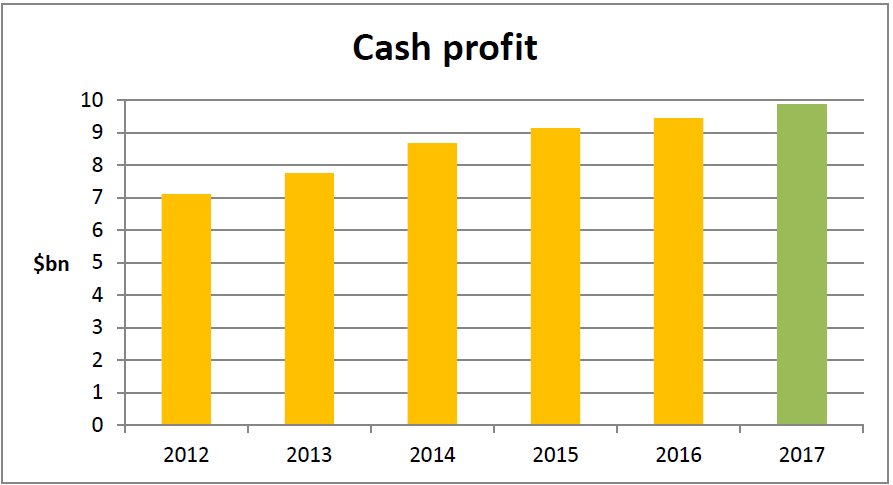My considered opinion – getting plenty of regular sunshine (30 mins per day seems reasonable to me) without any protection is optimal for cardiovascular health. Maintaining some degree of a tan indicates you are getting enough. Tanned people are less likely to get melanoma, and people who get plenty of sunlight get less cardiovascular disease. The trick is simple – pay attention and don’t get sunburnt. Even if you do get burnt, the risks of melanoma seem to be easily outweighed by the benefits of lower blood pressure.
There is a reason why we call it a “healthy tan”.
People with low levels of vitamin D in their blood have significantly higher rates of virtually every disease and disorder you can think of: cancer, diabetes, obesity, osteoporosis, heart attack, stroke, depression, cognitive impairment, autoimmune conditions, and more.
People with plenty of Vitamin D in their system are healthier. And we don’t get that from food, but from sunshine directly onto the skin.
Yet numerous studies have shown that Vitamin D supplements have no health benefits. So if Vitamin D is just an indicator for something else we need the Sun for, what is the other thing?
Turns out it is nitric oxide, a molecule produced in the body that dilates blood vessels and lowers blood pressure… the skin uses sunlight to make nitric oxide.
So get out there in the sunshine, because sunshine lowers blood pressure! But…
Wouldn’t all those rays also raise rates of skin cancer? Yes, but skin cancer kills surprisingly few people: less than 3 per 100,000 in the U.S. each year. For every person who dies of skin cancer, more than 100 die from cardiovascular diseases.
Also:
outdoor workers have half the melanoma rate of indoor workers. Tanned people have lower rates in general. “The risk factor for melanoma appears to be intermittent sunshine and sunburn, especially when you’re young,” says Weller. “But there’s evidence that long-term sun exposure associates with less melanoma.”
Source: Outside
The Cancer Council of Australia says that most people maintain adequate vitamin D levels just by spending a few minutes outdoors on most days of the week. Yet in their Position Statement they admit Vitamin D forms in the skin as a result of exposure to the UVB wavelengths in sunlight, but there is limited evidence available on the amount of UVB required to maintain adequate vitamin D levels.
And reiterate what I have shared above:
It should be noted that the benefits of sun exposure may extend beyond the production of vitamin D. Other possible beneficial effects of sun exposure that may not be related to vitamin D include reduction in blood pressure, suppression of autoimmune disease and improvements in mood.
In Australia each year there are 40,000 deaths due to cardiovascular disease, and it is impossible to know how many could be avoided with adequate sun exposure. And 1,500 deaths from melanoma, which is almost totally attributable to sun exposure.
Read More





